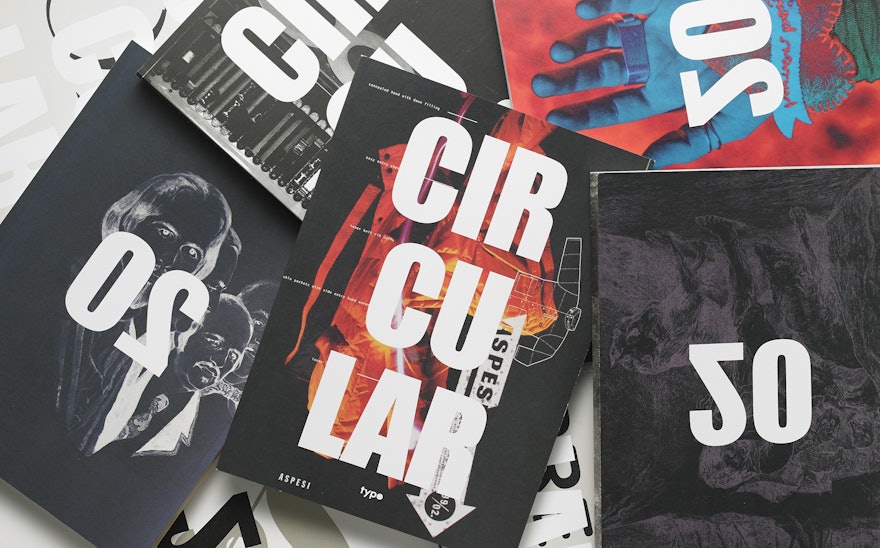Jewelry: The Body Transformed is a major exhibition at the Metropolitan Museum of Art in New York that explores the social, political, and aesthetic role of jewelry and its relationship to the human body. Pentagram designed the catalogue for the show, which features some 230 jewels and ornaments―necklaces, rings, ear ornaments, brooches, belts and headdresses―from over 5,000 years of world history and almost exclusively from the Museum’s permanent collection.
As an art form, jewelry is defined primarily through its connection to and interaction with the body―extending it, amplifying it, accentuating it, distorting it, concealing it, or transforming it. The exhibition is organized around six different modes of the body―Deconstructed, Divine, Regal, Idealized, Alluring, and Resplendent. The book continues this intricate thematic structure with short essays that consider different aspects of jewelry and its uses for expressing ideas about beauty, wealth, power, sexuality and identity.
Graphically the book approaches type as a material akin to jewelry, connecting small, jewel-like forms with chunky rules that hold the type together in dense clusters. Typography is set in FaktPro, a geometric sans serif that sets off the detailed objects. The design maintains a sense of spatial continuity among the pieces for a tangible sense of scale and a baseline connection to the human body. The jewelry is presented on white, black and gray backgrounds to give the spreads variety, while allowing individual pieces to look their best.

